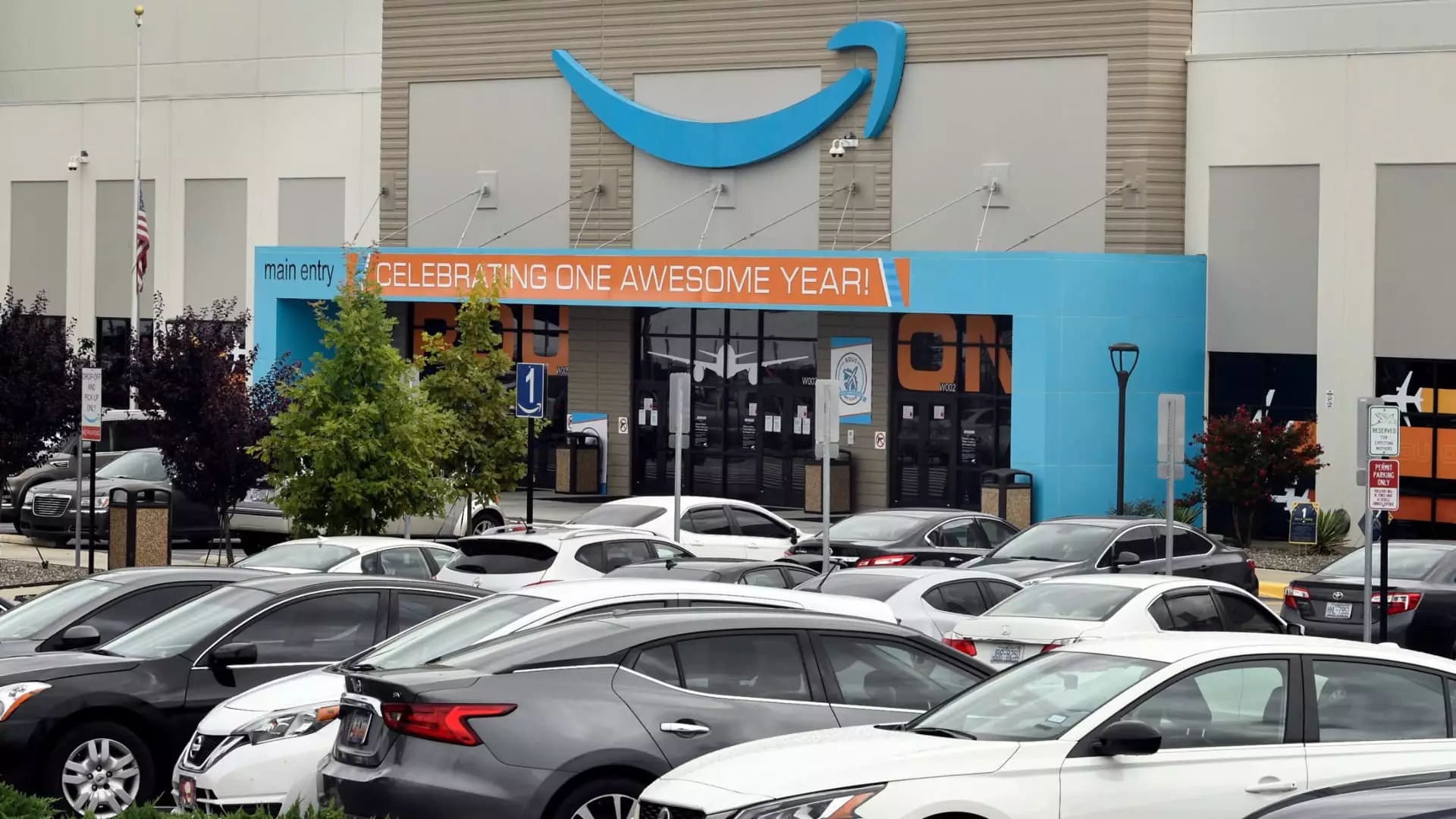In a striking turn of events, Amazon workers at the RDU1 facility near Raleigh, North Carolina, recently rejected a unionization bid in a significant vote held on Saturday. Out of 3,276 ballots cast, a staggering 2,447 workers voted against union representation, while only 829 supported the initiative. The National Labor Relations Board (NLRB) has acknowledged the narrow margin, although 77 ballots were challenged, which is unlikely to affect the overall outcome. While the results await formal certification from the NLRB, they shine a light on both the struggles for labor organization within one of America’s largest corporations and the contentious environment surrounding such efforts.
The rejection comes in the wake of three years of campaigning by the grassroots organization Carolina Amazonians United for Solidarity and Empowerment (CAUSE). With approximately 4,700 employees, RDU1 represented a significant battleground for labor rights amid Amazon’s efforts to retain a non-union workforce. The results have prompted CAUSE to express their discontent, claiming that the defeat stemmed from Amazon’s legal breaches during the union campaign. This situation brings forth critical questions about employee rights, corporate influence, and the validity of labor organizations in contemporary workplaces.
The Battle Against Intimidation
The leaders of CAUSE have not held back in their criticism of Amazon’s tactics during the campaign, asserting that the company employed intense strategies to intimidate workers into rejecting the union. In their statement following the vote, they accused Amazon of creating an atmosphere of fear that quelled the voices of workers striving for equitable treatment. They emphasized that Amazon’s actions reflected a broader unwillingness to adhere to the law and foster collective bargaining, suggesting an overarching fear within corporate structures of worker solidarity.
In contrast, Amazon’s spokesperson, Eileen Hards, denied any allegations of legal infringement, portraying the company as a facilitator of employee voices. The company also expressed satisfaction that workers opted for a direct relationship with management, heralding it as a sign of their commitment to employee satisfaction. However, this viewpoint may overlook the complexities surrounding modern labor relations, particularly within a framework that often sidelines the voices of those seeking representation.
While the results at RDU1 signal a temporary defeat for labor organizers, they come amidst a shifting landscape for unions across the United States. The past couple of years have witnessed a swell in union-supported movements, even as Amazon has ramped up its efforts to resist union presence. Workers at other Amazon facilities, like those in Staten Island, have successfully organized, and more recently, Whole Foods employees in Philadelphia have joined the ranks of unionized labor. This evolving dynamic underscores a blooming resistance against corporate practices viewed as exploitative.
However, the broader statistics underscore the challenges that organizers face. Despite a 67% approval rating for labor unions among the American populace, the private sector has seen a steady decline in union membership. In 2024, this figure fell slightly to 5.9%. North Carolina, in particular, remains a considerably hostile environment for unionization efforts, with an abysmally low membership rate of 2.4%. This disparity highlights the difficult terrain upon which labor organizers tread, especially in states with restrictive legislation regarding workplace rights and union influence.
Despite the recent setback, CAUSE has articulated intentions to persist in their organizing efforts at RDU1. Their mission stems from a pressing concern for the well-being of Amazon employees, many of whom suffer from food and housing insecurities. Seeking to raise starting wages from $18.50 to $30 per hour, the group embodies a growing movement advocating for financial security amid the rising costs of living. The challenge remains: how can workers navigate a system that often prioritizes profit over people?
Furthermore, this situation highlights a crucial crossroads for labor organizations in consolidating their influence in the face of intense corporate resistance. The engagement of support from established unions like the International Brotherhood of Teamsters indicates a broader labor coalition potentially ready to rally behind Amazon employees. Recent initiatives, such as coordinated pickets at multiple Amazon facilities, suggest an impending strategy shift where solidarity and collective action may play pivotal roles in advancing workers’ rights.
The vote against unionization at Amazon’s RDU1 facility encapsulates a critical moment in the ongoing struggle for labor rights in the United States. While Amazon’s tactics have effectively deterred labor organization at this juncture, the persistent efforts of groups like CAUSE symbolize a relentless pursuit for fair treatment and equitable pay. As the landscape evolves, the resolve of workers to stand together against corporate power may pave the way for a new chapter in labor relations, transcending individual setbacks to forge a more just framework for all workers.

